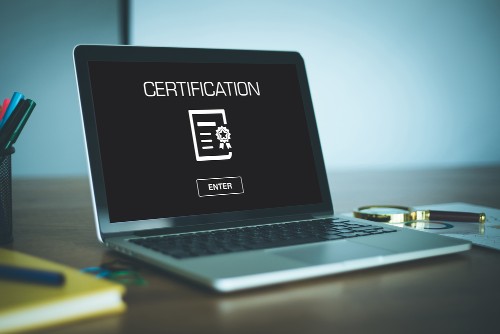Today I have another guest post from Bob Steger of Advance GSA. Before we get into that, here is some background information that I want to point out:
First, the table confirms what we have seen before, that the government is not meeting its small business numbers. They only spent 21% on small business contracts instead of the required 23%.
It’s also important to note the big differential between regular small businesses and those who hold GSA Schedules, who received 37%. This shows again that GSA Schedules are a very good way for small businesses to become pre-qualify for federal government contracting opportunities.
The “Rule of Two” is that if there are two or more small businesses that CAN do the job, it has to be set-aside for small businesses. If the Rule of Two cannot be met, then something called Section 1331 (detailed below) governs how contracting officers are to handle that, in a way that still favors small business. Basically it requires contracting officers to justify that they’re not going to work a small business. Section 1331 didn’t used to apply to GSA Schedules.
The Delex Protest was named for a small company called Delex Systems, who protested an acquisition decision that didn’t honor the Rule of Two. The justification was that Detex was bidding on a “delivery order” rather than a “contract” so the Rule of Two did not apply. The U.S. Government Accountability Office (GAO) ruled in favor of Detex.
The Delex Protest and Section 1331
The following is a guest post by Bob Steger of Advance GSA.
| Entity | Small Business Percentage of Spending |
| Federal Government as a whole | 21% |
| GSA Schedule Holders | 37% |
GSA Schedule holders do significantly better than small businesses competing for federal contracts by other means within the federal government.
Based upon the Delex Protest in 2008 – GSA Schedules were declared “contracts” not “delivery orders” and therefore were subject to FAR 19.502-2(b). This was a big win for small businesses that are GSA Schedule holders because GSA Schedules over the micro-purchase amount are now required for small businesses in the form of set-aside contracts.
“Rule of Two” – In the Delex Protest the GAO decision also stated that the agency erred in concluding that the agency had no reasonable expectation of getting offers from two small businesses due to the lack of documentation to support this claim. What makes this a win for small business that are also GSA Schedule Contract holders is that the government has already pre-qualified multiple small businesses on every schedule and that the statements of work are identical. This documentation requirement provides the “Rule of Two” with a great deal of backbone in support of small business set-asides when purchases are made off GSA Schedules.
Section 1331 – This section was signed into law in September of 2010 and in 2012 is in the process of implementation by the SBA. Section 1331 gives specific guidance to contracting officers regarding if the “Rule of Two” cannot be met. At the agencies discretion they can take one of the following three actions.
- Issue a partial set-aside.
- “Reserve” the requirement.
- Set-aside or preserve the right to set-aside orders against a multiple award contract that was awarded pursuant to full and open competitor.
If the agency does not elect to use one of these three actions the agency must then document and explain why Section 1331 was not followed as part of the contract file. With these changes we could likely see in the next few years’ small business obtaining over 50% of the federal contracting dollars awards off GSA Schedule Contracts.
This post originally appeared on the Advance GSA blog at http://www.gsaschedulecontract.net/The-Delex-Protest.aspx and was reprinted with permission.
Advance GSA is a national provider of GSA schedules with three locations within the United States. You can learn more about them at Advance GSA.



